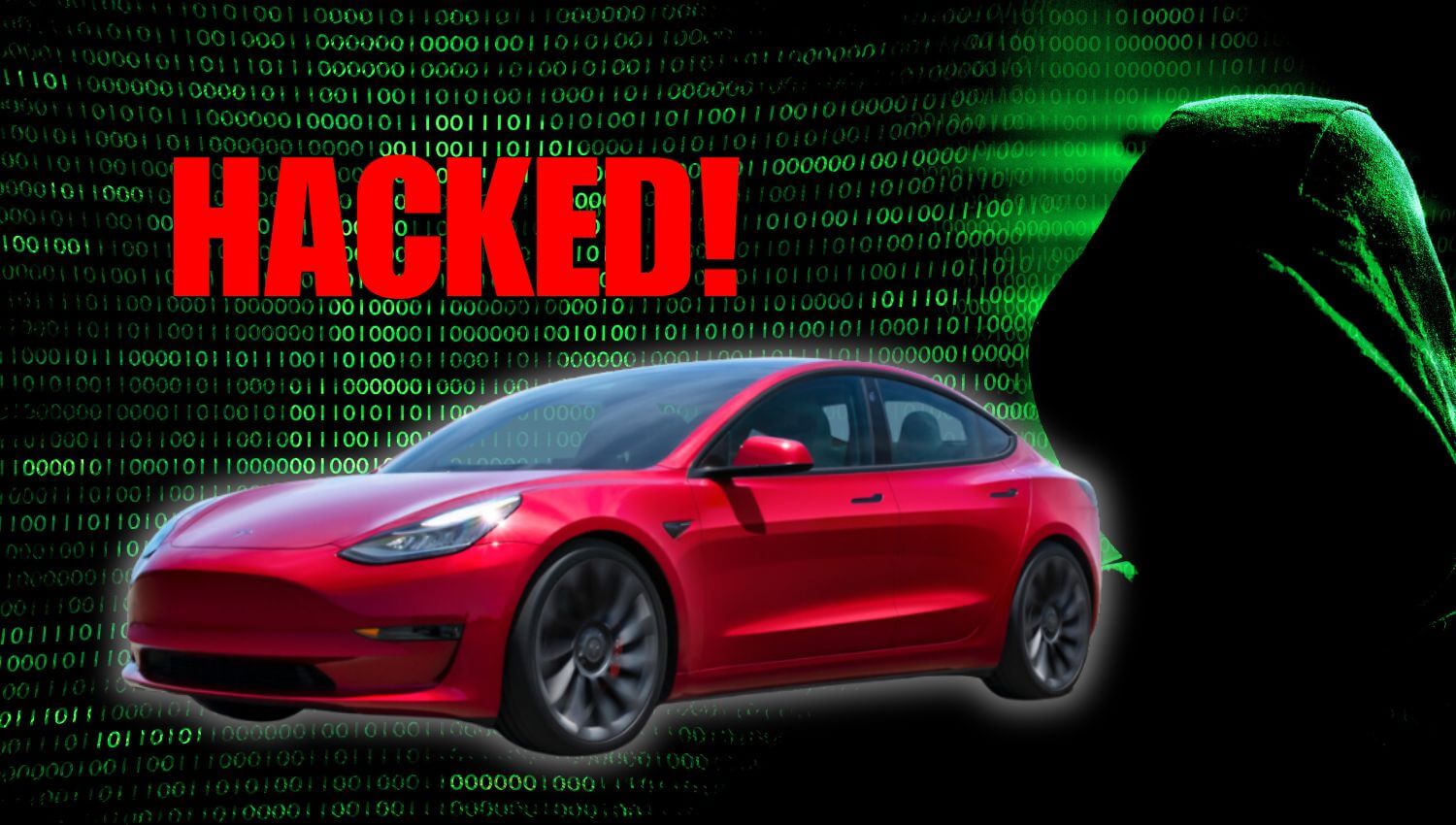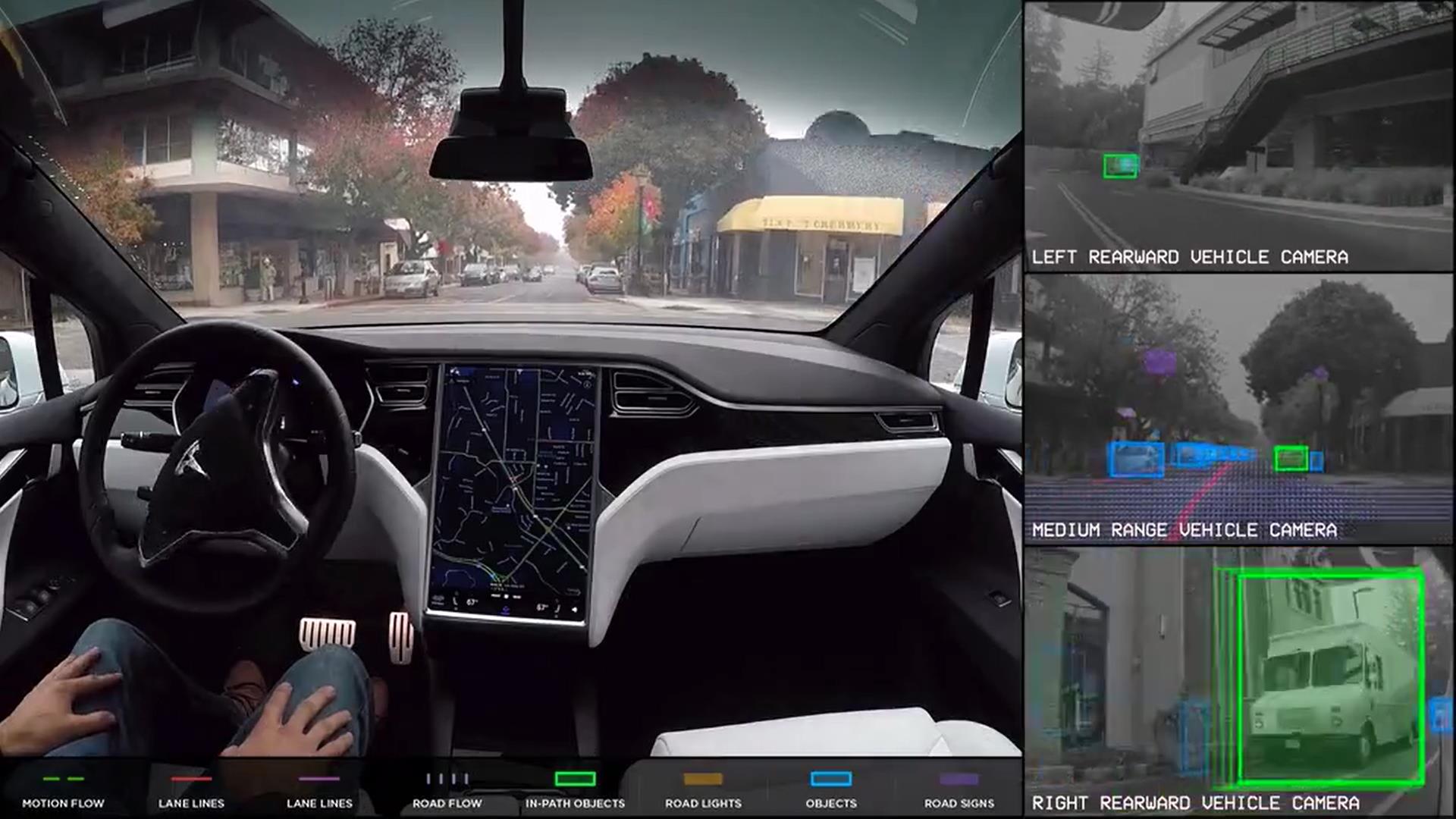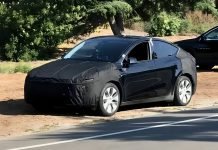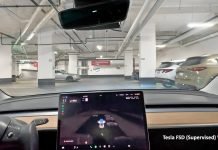A group of hackers has managed to unlock Tesla’s software-locked features, valued at an impressive $15,000. These exclusive features, including heated seats, acceleration boost, and the much-coveted Full Self-Driving package, were previously accessible only through payment or subscription.
Tesla has gained renown for its pioneering approach in allowing owners to unlock features through software updates, establishing itself as a leading innovator in the automotive industry.
The exploit’s significance lies in its potential implications for Tesla’s cybersecurity measures and the broader challenges faced by the automotive sector in safeguarding connected vehicles. As the automotive landscape moves towards autonomous driving and increasing connectivity, manufacturers must prioritize robust cybersecurity protocols to protect against sophisticated cyber threats.

Table of Contents
Tesla Jailbreak Exploit Revealed
In a breakthrough discovery, security researchers at Technische Universität Berlin (TU Berlin) have successfully uncovered a vulnerability in Tesla’s infotainment system, enabling them to access software-locked features without the need for payment or subscription. The researchers’ innovative approach, dubbed the “Tesla Jailbreak,” has raised eyebrows across the automotive and cybersecurity communities.
The path to unlocking Tesla’s software-locked features began with the researchers gaining physical access to the vehicle. Physical access is often considered one of the most challenging aspects of hacking, as it requires the hackers to have direct contact with the car’s hardware. By employing a technique known as “voltage fault injection attack,” the researchers were able to manipulate the supply voltage of the AMD processor that powers the infotainment system.
Voltage Fault Injection Attack
The “voltage fault injection attack” essentially involves inducing targeted voltage fluctuations at specific moments to trick the CPU into skipping crucial instructions. This, in turn, allows the hackers to manipulate the processor and run their own custom code. The attack was directed at the AMD Secure Processor, a key component responsible for enhancing security in the infotainment system.
With control over the AMD Secure Processor, the researchers successfully exploited the vulnerability in Tesla’s infotainment system. By bypassing the software-locked restrictions, they gained access to premium features, including heated seats, acceleration boost, and potentially even the highly sought-after Full Self-Driving capability.
Tesla’s AMD Chip Flaw
The utilization of the AMD-based infotainment system in Tesla’s vehicles is not unique to the brand. Many modern cars incorporate similar processors to manage various functionalities, making them susceptible to similar vulnerabilities if left unaddressed. The researchers’ findings have implications beyond just Tesla, and the automotive industry as a whole should take note of the importance of robust cybersecurity measures.
The researchers’ claim that their “Tesla Jailbreak” is “unpatchable” poses a significant challenge for Tesla’s cybersecurity team. If confirmed, this would suggest that the company would need to replace the affected hardware to address the vulnerability fully. Hardware replacements can be time-consuming, costly, and challenging to implement across an entire fleet of vehicles.
The Unpatchable Claim
The hackers’ claim of “unpatchability” suggests that the vulnerability exploited in Tesla’s infotainment system is deeply ingrained within the hardware itself. In traditional software vulnerabilities, manufacturers can typically issue over-the-air software updates to patch the security flaws. However, if the weakness resides in the hardware, it becomes significantly more challenging to address without extensive modifications to the underlying components.
If the hackers’ assertion holds true, it could pose significant concerns for Tesla’s cybersecurity posture. Hardware vulnerabilities are typically more persistent and less easily mitigated than software-based vulnerabilities. Such a scenario would mean that Tesla might need to undertake a comprehensive and expensive process of replacing the affected hardware in its vehicles.
If the vulnerability is indeed rooted in the hardware, Tesla may have no choice but to pursue hardware replacement to address the exploit fully. Hardware replacements could involve updating components of the infotainment system or even the entire processor architecture. Such a large-scale operation could be logistically challenging and may require significant resources from Tesla to implement across its entire fleet of vehicles.

Tesla FSD (Full Self-Driving) Hack
The hackers assert that their “Tesla Jailbreak” has the potential to unlock the Full Self-Driving capability, a premium feature offered by Tesla. FSD represents the pinnacle of autonomous driving capabilities, promising a future where vehicles can navigate complex urban environments, handle intersections, and even autonomously drive to a destination without human intervention.
The potential benefits of unlocking the Full Self-Driving capability without going through Tesla’s official channels are apparent. For owners who have been hesitant to invest in the costly upgrade, the opportunity to access FSD through unauthorized means may be enticing. They could experience the convenience and excitement of advanced autonomous features without significant financial commitment.
While the hackers believe they have the potential to unlock the FSD, they admit that achieving this feat would require more reverse-engineering efforts. Unlocking software-locked features may grant access to certain functionalities, but to enable fully autonomous driving, extensive analysis and understanding of Tesla’s proprietary software and algorithms are necessary. Reverse-engineering such complex systems can be a time-consuming and technically challenging process.
It is worth noting that autonomous driving features are heavily regulated by governments and transportation authorities around the world. By enabling FSD through unauthorized means, vehicle owners may inadvertently violate regional regulations, leading to potential legal consequences.
Tesla’s Cybersecurity Measures
Over the years, Tesla has demonstrated a proactive approach to strengthening its cybersecurity measures. The company has made significant investments in research, development, and deployment of advanced security technologies to safeguard its vehicles and user data. Tesla maintains a dedicated team of cybersecurity experts who continuously assess and address potential vulnerabilities.
Tesla Bug Bounty Program
One notable initiative is Tesla’s bug bounty program, which invites ethical hackers and researchers to responsibly report any security flaws they discover. This collaboration with external cybersecurity experts has proven to be invaluable in identifying and resolving potential threats before malicious actors can exploit them. The bug bounty program incentivizes responsible disclosure and fosters a culture of cooperation between the security community and Tesla’s cybersecurity team.
Tesla’s MCU Hack
Despite Tesla’s robust efforts, the recent discovery of the “unpatchable” exploit highlights the challenges that come with addressing hardware vulnerabilities. Hardware-based attacks pose unique obstacles, as they often require extensive modifications to underlying components or even hardware replacements. Mitigating such vulnerabilities can be complex and resource-intensive, requiring a delicate balance between security enhancements and minimizing disruptions for vehicle owners.
Broader Implications for the Automotive Industry
The growing trend of software-locked features in vehicles emphasizes the critical importance of robust cybersecurity across the automotive industry. As more car manufacturers offer features that can be activated remotely through software updates, the potential for exploitation becomes a pressing concern. To prevent unauthorized access and ensure the integrity of these features, manufacturers must invest in comprehensive cybersecurity measures.
This incident underscores the need for a collaborative effort between manufacturers, researchers, and regulators to create a secure and standardized framework for automotive cybersecurity. Collaboration with the cybersecurity community allows for knowledge-sharing and vulnerability discovery, enabling companies to address potential threats proactively.
Furthermore, the rise of connected vehicles and autonomous driving raises new cybersecurity challenges. Interconnected systems and communication between vehicles and infrastructure open up a broader attack surface for potential hackers. Securing these complex ecosystems necessitates a holistic approach, involving encryption, intrusion detection, and data privacy protocols.
Conclusion
The “Tesla Jailbreak” exploit has brought to light the critical importance of automotive cybersecurity in today’s connected and feature-rich vehicles. The incident revealed the potential risks associated with software-locked features and the challenges of addressing hardware-based vulnerabilities.
Tesla’s proactive efforts in strengthening cybersecurity, including the bug bounty program and collaboration with researchers, demonstrate the significance of engaging with the cybersecurity community. Responsible disclosure and constant vigilance are vital in maintaining the security and integrity of connected vehicles.
As the automotive industry continues to embrace advancements like autonomous driving and interconnected systems, ongoing efforts to improve cybersecurity are imperative. Collaboration between manufacturers, researchers, and regulators will be instrumental in creating standardized security frameworks and establishing safety standards that align with evolving technology.
The “Tesla Jailbreak” incident serves as a reminder of the need for industry-wide collaboration to protect consumers and their vehicles from potential cyber threats. By working together and prioritizing cybersecurity measures, the automotive industry can ensure a safer and more secure driving experience for all.


















